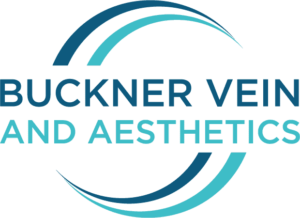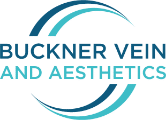Your physician may want you to have a thyroid biopsy to help diagnose thyroid disease or thyroid cancer. It is often used to get information on the thyroid lumps (known as nodules) that cannot be felt by your physician. Ultrasound guidance helps ensure the specimen is obtained from the area of concern. During the biopsy, samples of the thyroid will be obtained and sent for further analysis. If a cyst is found, the doctor may aspirate the fluid as well.
Procedure
Your thyroid is located in front of your trachea (windpipe) at the top of your neck.
Ultrasound guided fine needle aspiration of the thyroid gland is a procedure to remove thyroid cells for examination. This test is typically done in an outpatient setting. Local anesthesia may be used by the physician to numb the skin where the needle will be inserted, but the needle is very thin and local anesthesia may not be needed. You will lie on your back with a pillow under your shoulders and your neck extended. The area where the needle will be inserted is cleaned and the physician inserts a thin needle into your thyroid using ultrasound-guidance. Ultrasound is used to guide accurate placement of the needle into the thyroid abnormality. Once the needle is in place, the physician removes a sample of thyroid cells and fluid, and then removes the needle. Some pressure will be applied at the biopsy site to stop any bleeding, and the site will be covered with a simple band-aid.
The tissue and/or fluid samples will be sent to a pathologist, who looks at it under a microscope to determine if it is abnormal (e.g., cancer, a noncancerous tumor, infection or scar). The results will be returned generally within 7-10 days, but sometimes the sample needs to be sent for special analysis which may delay the results. Needle biopsies provide enough tissue for the pathologist to determine the cause of the abnormality 90% of the time.
Benefits
The information obtained from the thyroid biopsy may be important in making a final diagnosis, and/or is needed by your referring physician to determine the best type of treatment for you.
Alternatives
Open surgery is sometimes performed to obtain a thyroid tissue sample for biopsy. But in most cases, thyroid tissue samples can be obtained without open surgery with less invasive techniques. There is also the option of not doing the biopsy, which may prevent you from receiving the best treatment choices.
Risks
A needle biopsy of the thyroid has very infrequent complications. The main risk is bleeding into or around the thyroid gland. If bleeding is severe, the windpipe (trachea) may be compressed which would require emergency treatment, including hospitalization. This complication is rare Bleeding or infection at the insertion site is also possible, but is not common.
1 Fine Needle Aspiration of the Thyroid at https://www.nlm.nih.gov/medilineplus/ency/article/003899.htm Accessed 4/29/10
2 Society of Interventional Radiology at https://www.sirweb.org/patients/ Accessed: 4/29/10

